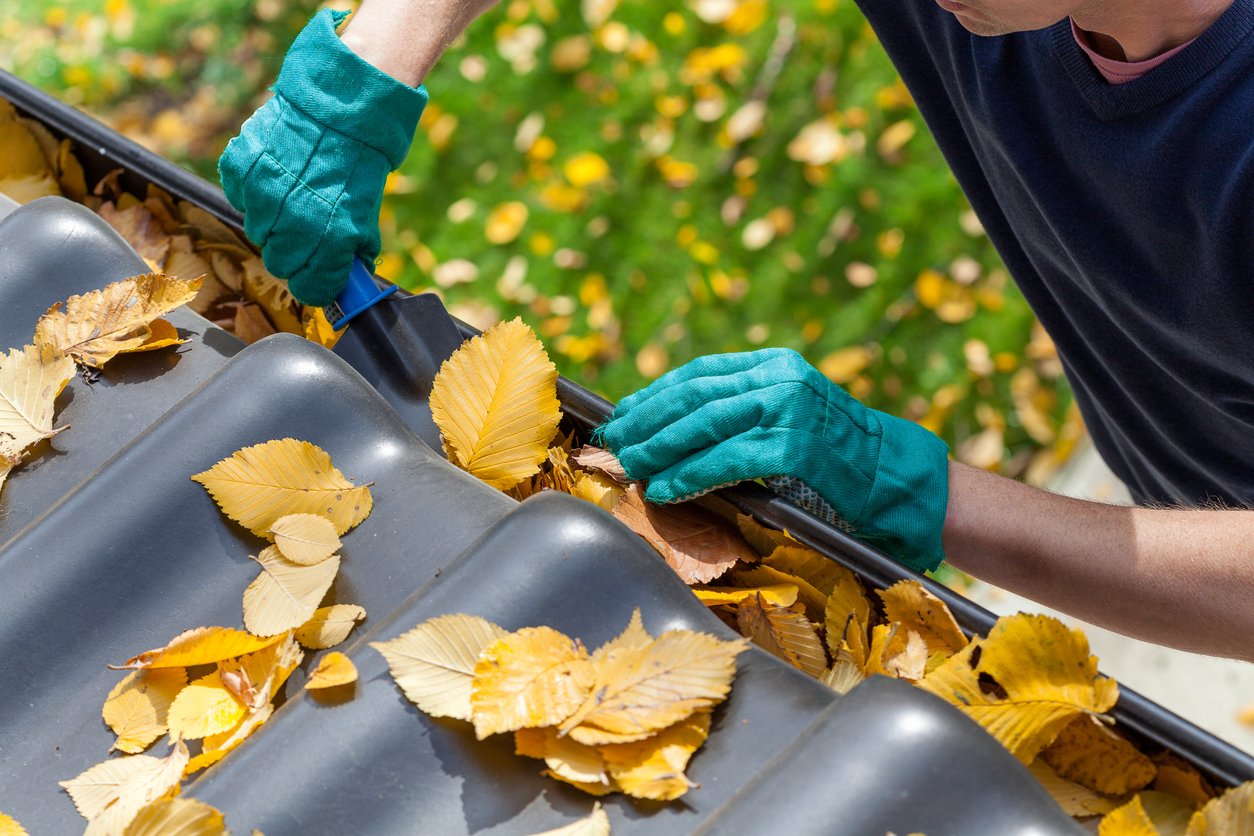 Many homeowners overlook fall, especially those living in states with severe winters. However, numerous small problems can occur at this time of year, from pests to leaves to leaks. If they’re not addressed they can become large problems once winter sets in.
Many homeowners overlook fall, especially those living in states with severe winters. However, numerous small problems can occur at this time of year, from pests to leaves to leaks. If they’re not addressed they can become large problems once winter sets in.
Read on to learn about some common roofing problems in fall and how to deal with them before they go from bad to worse.
Can your roof keep out the cold? Tilcor roofs are built to withstand the world’s harshest climates.
Leaves and debris
Did you know that even small debris can damage the surface of your roof? Remove all leaves and other debris to protect it.
The rotting process can damage the roof and meantime, pests hide out under the leaves. Leaves also become incredibly heavy when it rains. Your gutters may pull loose from the weight and overflow, causing extensive damage to roof, trim and siding.
Misaligned gutters are just as bad as blocked ones. They’ll struggle to channel water away and will overflow.
How to stay on top of this issue: Cleaning your gutters regularly, and doing a thorough clean when the trees finish dropping leaves can help prevent this unwanted damage.
Unwanted guests
As the temperature drops, animals, insects and birds look for warmth and steady food. It’s best they don’t use your roof for this as small critters cause a surprising amount of damage.
Check the structural integrity of your roof, and identify any vulnerabilities. For example, insects and birds can feast on your roof without you noticing, especially if your roof is wood or another nonmetal.
Small access points can be turned into large openings, which also lets moisture under the layers of the roof. Look for damage from wildlife, turned up insulation, sagging structure, dampness, small leaks, and missing or deteriorating shingles.
How to stay on top of this issue: If you do find that you have problems with squirrels, possums or other animals, hire a professional to set humane traps, before they settle in for the season.
Check your attic
The attic is a core part of your roofing system. There are two big concerns here: inadequate insulation and poor ventilation.
Vents positioned at the base and top of the roof take advantage of natural airflow. Warm air rises and exits at the top, and cool air is drawn in at the bottom. This regulates both temperature and moisture in the attic.
If heat and moisture build up, the roof cooks from the inside. The warm air is trapped, and it condensates. Moisture damage can be extensive, and will reduce the life of your roof. Additionally, ice dams and leaks can occur as trapped heat rapidly melts snow.
How to stay on top of this issue: Check your insulation for frayed, crumbly or bald areas. Add extra or replace as needed. And bonus: Evenly distributed insulation can also help reduce your energy needs.
Get a roofing professional to deal with bigger issues
Be proactive and make sure your roof is ready for the upcoming season, but don’t be tempted by a DIY fix. Hire a professional roofing contractor with the expertise and tools to do a full assessment.
You might not need any work done, but if you do, it’s best to address it early before a small problem becomes a big, expensive one. That’s why it’s smart to get a yearly inspection by a professional.
Ask your roofer for maintenance tips for your roof. Keep on top of maintenance to extend the life of your roof. You’ll also feel more secure when the really bad weather sets in.
Are you ready for fall?
Fall brings a number of roofing issues, from rotting leaves to invading pests and the effects of poor ventilation. The good news is that you can address these problems now, while they’re smaller and less costly.
A high quality roof is your best protection against extreme climate conditions. Metal roofs are high performance in any weather. Get in touch to learn more.











